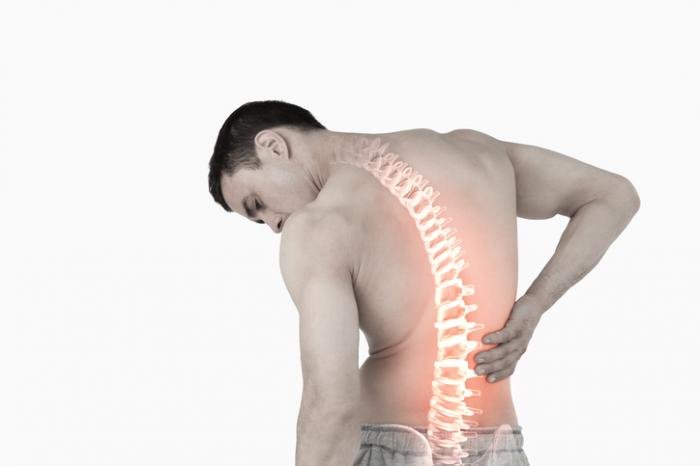Do you suffer from low back pain? New chronobiology research suggests that your circadian rhythm may be at least partially to blame.

© unknown
Low back pain is a common issue that most of us,
around four in five people, will suffer from at some point in our lives. It is not just uncomfortable but expensive. Low back pain is the most common cause of work-related disability and requires expensive therapies such as spinal surgery. Most people believe that this pain syndrome is caused by overuse and bad ergonomics, but it appears that a totally different issue may be at play here: desynchronization of the circadian rhythm.
Degenerative Disc Disease: A Pain in the Neck... And Lower BackOur spine is made of
bony vertebrae separated by discs, which are made of a rubbery substance that provides support, shock absorption and flexibility. As we age, these discs dry out and become less functional. They sustain small tears that can damage their integrity. In some people, the discs may even slip slightly out of position and make it painful to move the spine or even to stand upright. If you know someone who has ever "thrown their back out," then you know how painful and debilitating it can be.
Degenerative disc disease has long been viewed as a disease of aging and overuse. While it indeed affects many people over the course of their lives, it may not be only a product of aging. Like all tissues in the human body,
intervertebral discs have a diurnal, or daytime, rhythm. When this rhythm becomes desynchronized from that of the rest of the body, discs appear to degenerate faster and create more low back pain.
The Circadian Rhythm of the Spine Circadian rhythmis an important part of the health of cells. DNA repair, tissue rebuilding and a variety of other vital activities are "scheduled" by internal clocks, ensuring that they occur at optimal times. To examine the role of the circadian rhythm in intervertebral discs, researchers took disc cells with knocked out circadian clock genes and grew them in a laboratory. Surprisingly, these disc cells were
far more prone to damage than normal disc cells and also did not repair themselves as well.
Scientists do not yet know exactly why circadian genes are so important to disc repair. However, it appears that having a well-regulated internal clock is important in preventing the disc degeneration and resulting low back pain that plagues so many people.
Cytokines and Low Back PainCytokines are an
immune molecule responsible for inflammation and the pain it causes. Released in response to immune attack or injury, these molecules play an integral role in our body's defenses but also can be counterproductive. Unfortunately, cytokines appear to play an important role in disc degeneration. When added to disc cells in labs,
cytokines appear to throw off the expression of circadian clock genes and thus cause degeneration similar to that caused by aging. Not only can
cytokines cause short-term low back pain, but they may also contribute to long-term disc degeneration that leads to pain and disability.This is not the first research connection between the immune system and the circadian rhythm, but it is one of the first studies to show exactly how these two systems can cause human illness when dysregulated.
Taking care to get the sleep you need and to maintain a healthy circadian rhythm may be an important way of preventing this common source of pain later in life.
Comment: For more clues, listen to The Health & Wellness Show: Seeing the Light with Dr. Alexander Wunsch